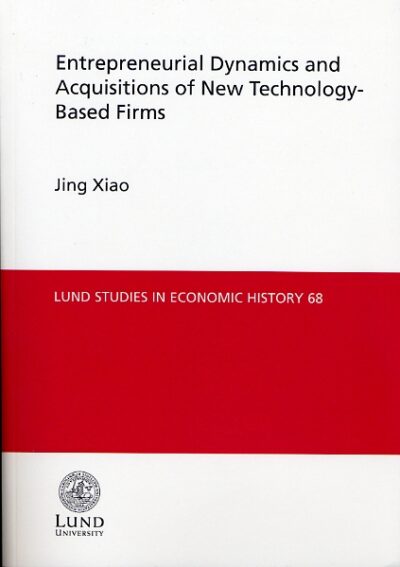Beskrivning
Slavery, as an economic system, has always been strongly associated with labor. This is not surprising as slavery was the most brutal system of labor coercion. When considering slavery as a system of property rights, however, it is easy to observe how slaves could be exploited in ways beyond labor extraction. This understanding, although not new from a theoretical standpoint, has been largely neglected from an empirical perspective. This thesis aims to fill this gap by measuring the importance of slavery to living standards and production processes as both labor and capital inputs. The British Cape Colony serves as the case study for this endeavor.
Employing a range of newly digitized historical databases covering the economic life and genealogical history of the British Cape Colony through the 18th and 19th centuries, this thesis uses the Slave Trade Act 1807 and the Slave Abolition Act 1833 to analyze slaveholding households from a longitudinal perspective, such that the interdependencies of slave ownership, agricultural output, and related capital are considered simultaneously.
This thesis concludes that scenarios with weak property rights to land and lack of organized means for the provision of credit rendered slaves a suitable financial instrument allowing slaveholders to exploit the enslaved as means to raise capital beyond the agricultural labor. It magnifies the importance of slavery in the colony and provides economic historians with another tool to further interpret the profitability and the efficiency of the slave system. Understanding the proprietary relationship between masters and slaves and, consequently, their exploitation beyond agricultural work is key to explaining the dynamics of slavery in its entirety.



